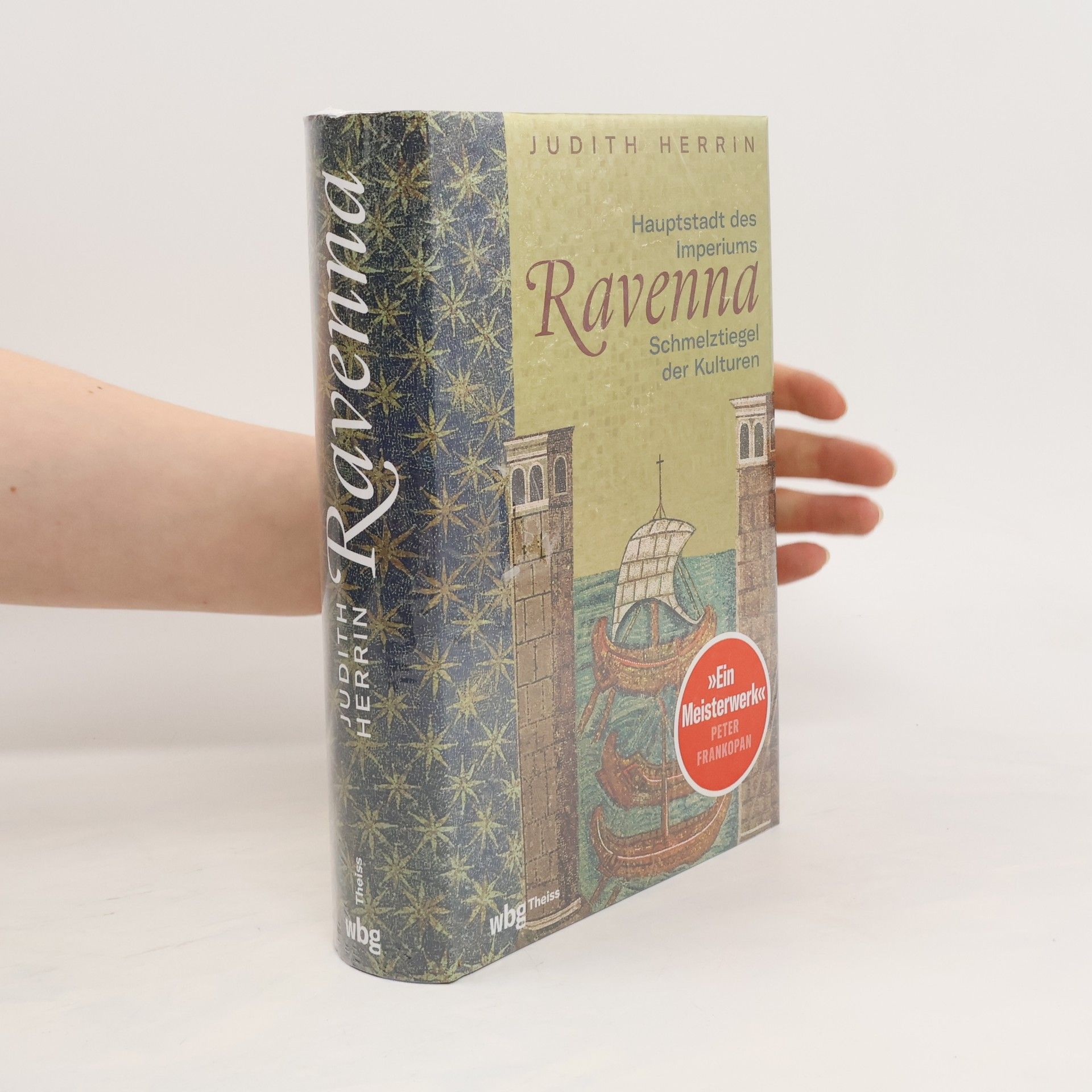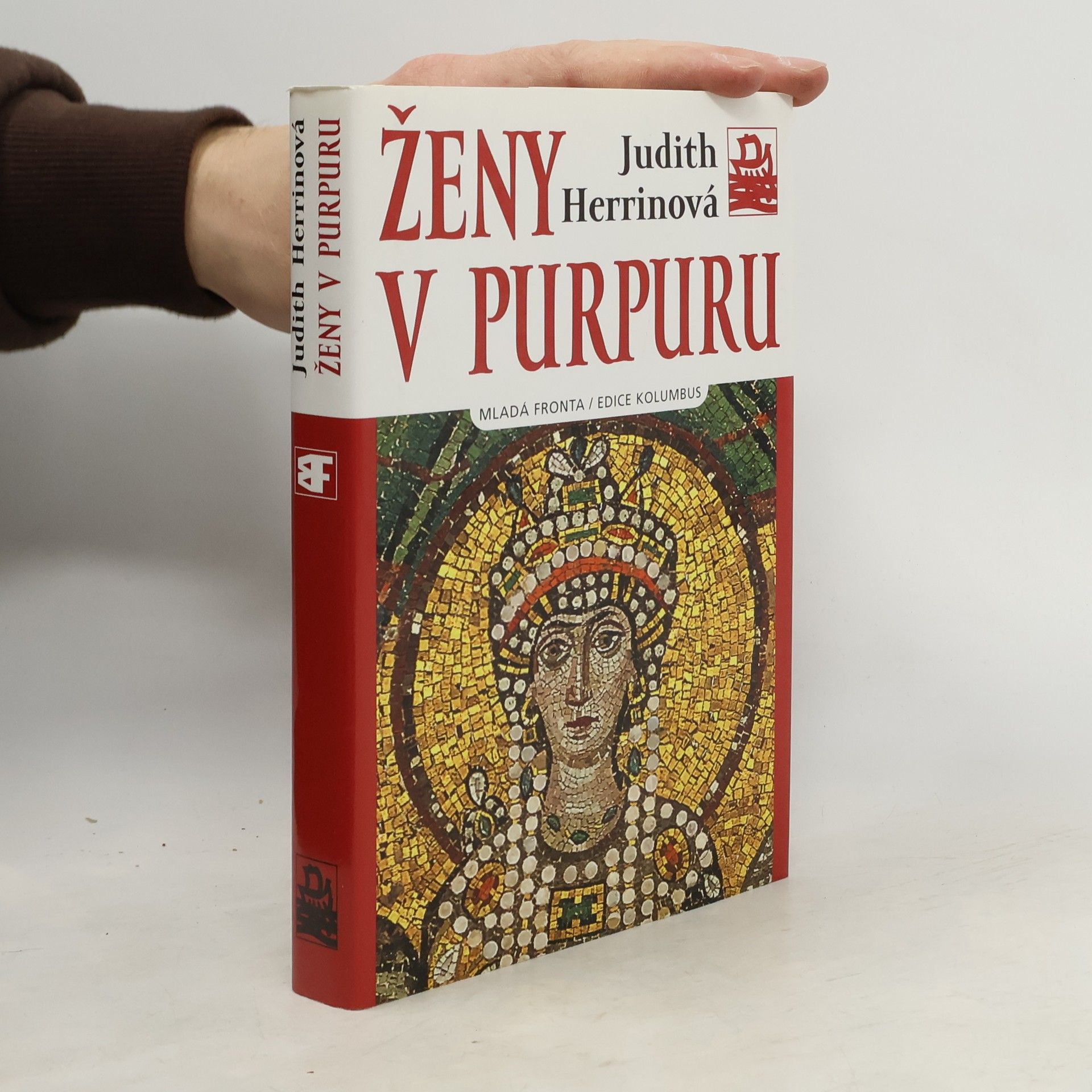Ravenna
Hauptstadt des Imperiums, Schmelztiegel der Kulturen
Das große Porträt der Hauptstadt des frühchristlichen Europa Ravenna war vom 5. bis 8. Jahrhundert Treffpunkt der griechischen, lateinischen, christlichen und barbarischen Kulturen und Dreh- und Angelpunkt zwischen Ost und West. Während Rom sich provinzialisierte, erlebte die neue Hauptstadt des Weströmischen Reiches eine Blütezeit. Ungewöhnlich detailreich erzählt Judith Herrin auch von den Menschen dieser Zeit: von Kaiserinnen und Königen, Bischöfen und Gelehrten, Ärzten und Handwerkern. Detailreich und lebendig: Porträt der Hauptstadt des frühchristlichen Europa Ravennas Aufstieg ist eng verknüpft mit dem Niedergang Roms und den Invasionen der Hunnen und Goten Auch eine Geschichte der Spaltungen und Glaubenskämpfe im frühen Christentum Meisterlich erzählt und ausgezeichnet mit dem Duff Cooper-Preis 2020 Steinerne Zeugen der Vergangenheit: die Kirchen und Mosaiken Ravennas in prächtigen Farbabbildungen Aufstieg und Niedergang der Stadt an der Adria zwischen 402 und 751 n. Chr. Als im Jahr 402 n. Chr. eindringende Stämme aus dem Norden Mailand belagerten, verlegte der weströmische Kaiser Honorius den Regierungssitz nach Ravenna. Bis ins Jahr 751 war die goldglänzende Stadt an der Adria zunächst die Hauptstadt des Weströmischen Reiches, dann die des riesigen Königreichs des Goten Theoderich und schließlich das Zentrum der byzantinischen Macht in Italien. Die überwältigend schönen Kirchen mit ihren Mosaiken, von der UNESCO zum Weltkulturerbe erklärt, zeugen von dieser Zeit des Umbruchs, aus der das christliche Europa hervorging. Meisterlich porträtiert die vielfach ausgezeichnete Althistorikerin und Byzantinistin Judith Herrin diese Stadt und ihre Bewohner in der Epoche des Übergangs zwischen Spätantike und Frühmittelalter.








